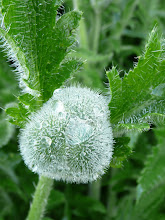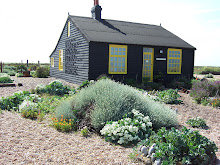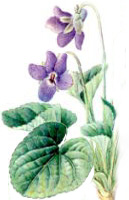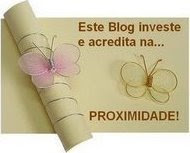
my photo
NERINE common names include Jersey or Guernsey Lily and Spider Lily
I was given this plant by a friend who was dividing hers, and to be quite honest it hasn’t done a thing, up until now that is. The other day I had quite a shock to see it flowering as it had been relegated to an out of the way corner of the garden. I must say it is beautiful and is an added a splash of lovely pink, which when you think of it, a colour not seen in abundance at this time of year in the garden. I believe this is Nerine bowdenii, a bubblegum pink variety.
Nerine bowdenii, sometimes called the Jersey Lily after Lily Langtry.
Others just holding on to flower in my garden are pale blue scabious, sunflower stella, salvia black and white, sedum, white gaura, white osteospermum and purple campanula.





























































































